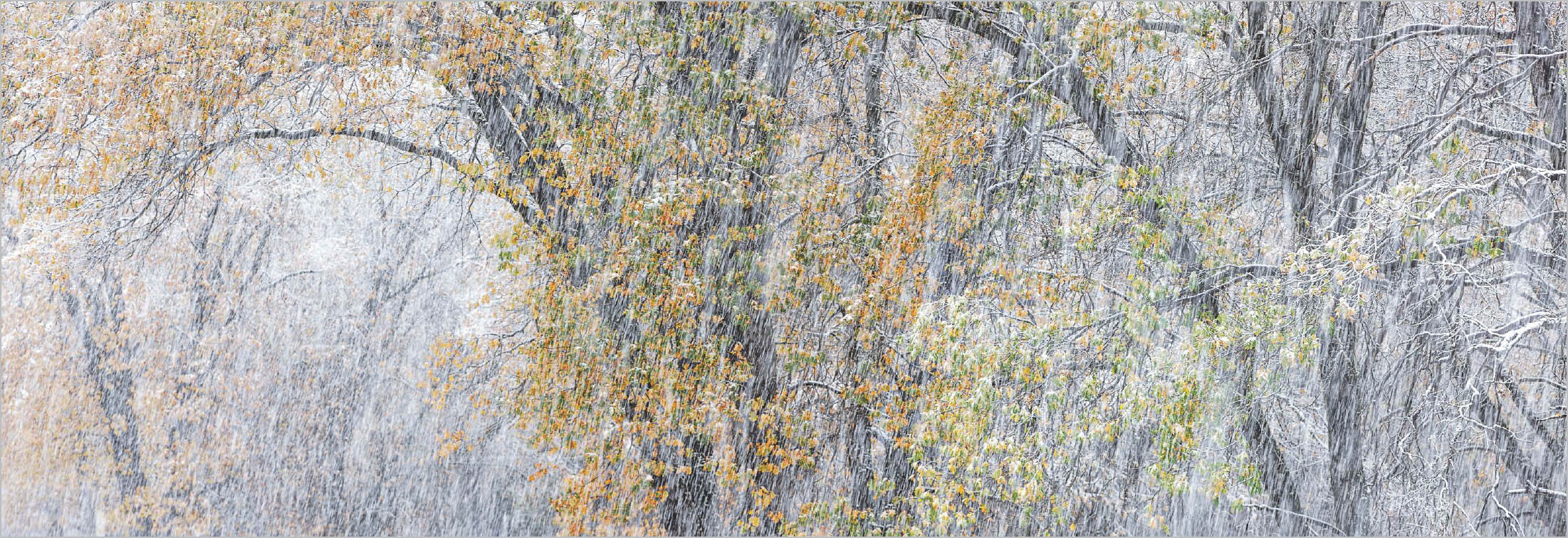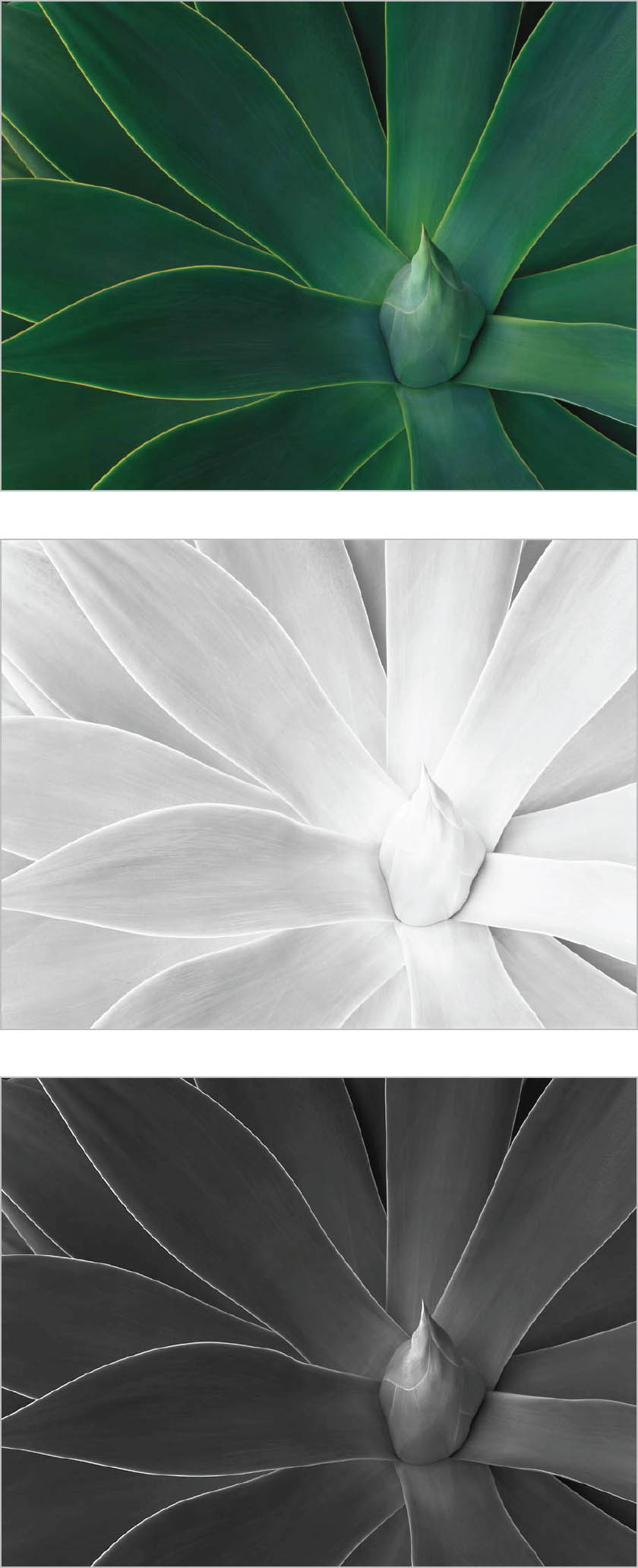NEED TO KNOW
AVOID TECH OVERLOAD—BE IN THE MOMENT
This is the golden age of information. Photographers have access to endless numbers of guides, tutorials, eBooks, podcasts, YouTube vloggers, and websites about making perfect photographs, any kind of photographs, and that includes landscape photographs. Need to learn techniques for composing, exposing, or post-processing your images? There are many sources available, offered by excellent photographers and teachers. Need to know where and when to photograph at a new location? With a smartphone, you can learn where to stand, and what time the sun rises and sets, so that you know how early to set your alarm!
My own photographic path started in the “old days,” with 35mm film cameras in the 1970s. Then I used a 4x5 view camera and sheet film for twenty-five years. I began making digital prints in 1994, and since 2005 have switched entirely to digital capture. My digital skills have evolved slowly and steadily into a simple but effective toolset. When I can’t make my images say what I want them to say, when lack of technique is blocking my artistic expression, I update my skill set. I learn more. But in those early years, I made some very strong images with very little knowledge of technique.
With all of this in mind, a question has been bouncing around my head lately: How much does a photographer need to know before he/she can make a great photograph? The focus on consuming every possible technique drives me crazy sometimes, or maybe I’m just lazy! Seriously, the way I stay creative is to keep it simple. If my mind is too full of tech thoughts, they get in my way.
In the fall of 2013, I worked with a student from Hawaii who had never been to Yosemite before. The autumn color was peaking, especially the oaks and maples. A storm was coming the morning we started. The forecast was for a rainy day, but I looked forward to taking advantage of the soft light to photograph the saturated colors and patterns of autumn leaves. A strong wind that night had brought down most of the yellow maple leaves, covering the forest floor, especially at Fern Springs. Our workshop was off to a great start, but then it began to pour, so we decided to wait out the rain over breakfast at the lodge. As we sat, we were thrilled to see that it started to snow. A few gulps later, we were out the door.
One of our first stops was El Capitan Meadow, where we photographed golden oak leaves in the snowstorm. I help Sean work out his compositions, making sure he tried various shutter speeds. As with moving water, each change in shutter speed conveys a slightly different effect, blurring or freezing the rapidly falling snowflakes. I showed him how to create panoramic images like Autumn Oaks and Snowstorm, capturing multiple frames to stitch in Photoshop.
Autumn Oaks and Snowstorm | El Capitan Meadow, Yosemite National Park, California | 2013
The conditions were thrilling, and next I found a deep-red dogwood tree with snow gathering on the leaves. I helped him find the best angles for simple and clear image designs. My instructions were simple, such as improving his camera angle and helping him find the right balance between shutter speed and aperture.
Soon the clouds began to clear, so we headed to Tunnel View. Looking east at El Capitan and Half Dome, snow had dusted the trees and cliffs, and dramatic clouds hung around the cliffs. We immediately set up before the classic view. He had never photographed at Tunnel View before. I suggested to Sean that he visualize post-processing this image as a black-and-white photo, which could heighten the forms of clouds and cliffs. This approach worked out very well for him for his final rendition of this scene.
As he photographed, I turned around to simply enjoy the clearing storm. To my pleasant surprise, I saw the magnificent conditions so sought after by photographers at the Tunnel View, but when looking east during sunrise or sunset. The nearby cliffs, not the iconic view, were beautifully backlit and shrouded with clouds, beams of sun streaming through the mist. The light was changing quickly, so we had little time to think or analyze. We worked on this new composition thoroughly, watching his histograms carefully in the brilliant and rapidly changing light. My own version of the scene is shown on page 204.
The day continued with more spectacular photography of both intimate details and grand views, focusing on the experience and the basics of making good exposures: clean design and great light. We had the next day’s session to analyze, delve into technical issues, and discuss post-processing options. To summarize, Sean had an epic first day in Yosemite.
My question remains: How much do we need to know? Hunger for more knowledge and better technique is a good thing. Sure, spend hours in front of your computer editing your images. But when you feel inspiration, whether in front of a grand landscape or a flower in your backyard, let go of the rules and regulations, and embrace the beauty. Be in the moment. Connect with your senses. Art will come through your emotions when they are most intense. On that glorious October day, all we “needed to know” was that we were there to see it.
Agave Attenuata | Island of Maui, Hawaii | 1994

